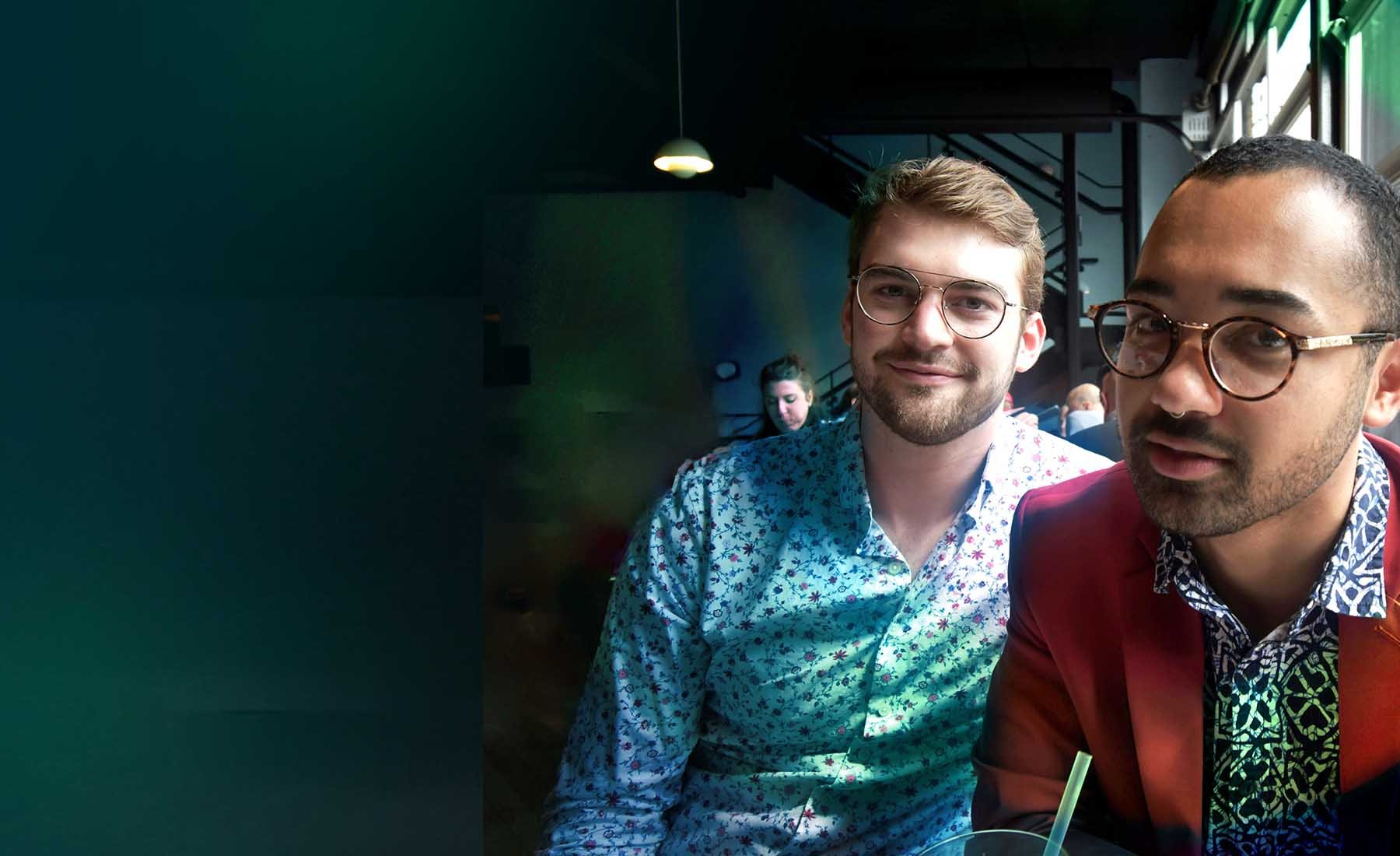
Therapy Services for
LGBTQIA+ & Gender Identity
Set Your Own Expectations
You Can Be You
The most important thing is to be honest with yourself and to be true to who you are. And that’s not always an easy task. With societal and internal pressures, the LGBTQIA+ experience can be challenging. Remember though, you are not alone, and there is help available.
It's also important to note that seeking therapy is a personal decision. If you are considering therapy, it's important to find a therapist who is knowledgeable about and affirming of LGBTQIA+ identities and experiences.
Reasons Why LGBTQIA+ People Might Seek Therapy
Members of the LGBTQIA+ community experience unique challenges that can contribute to mental health concerns.
Discrimination and prejudice: Facing stigma, harassment, and violence based on your identity can lead to anxiety, depression, and PTSD.
Coming out: The process of coming out to oneself and others can be complex and stressful, especially in unsupportive environments.
Family rejection: Lack of acceptance from family members can be incredibly painful and isolating, contributing to mental health issues.
Minority stress: The chronic stress of navigating a world that is often not affirming or inclusive can take a toll on mental and emotional well-being.
Internalized homophobia/transphobia: Negative societal messages about LGBTQIA+ identities can lead to individuals internalizing shame and self-doubt, impacting your mental health.
Specific concerns: Transgender individuals may face additional challenges related to gender dysphoria and access to gender-affirming care. LGBTQIA+ youth may grapple with identity exploration and navigating social pressures.
Benefits of
LGBTQIA+ Therapy
Mental health therapy can be incredibly beneficial for the LGBTQIA+ community, offering a safe and supportive space to:
Process difficult emotions: Therapy provides a space to explore and understand emotions related to discrimination, rejection, and other challenges.
Develop coping mechanisms: Therapists can help individuals develop healthy coping skills for managing stress, anxiety, and depression.
Build self-esteem: Therapy can help individuals challenge negative self-beliefs and internalized homophobia/transphobia, boosting self-acceptance and confidence.
Explore identity: Therapy can be a safe space to explore and affirm one's sexual orientation and gender identity.
Develop healthy relationships: Therapists can help individuals navigate relationships with family, friends, and partners in a supportive and informed way.
Access gender-affirming care: Therapists specializing in transgender care can provide support and guidance throughout the transition process.
Connect with community: Some therapists specialize in working with LGBTQIA+ individuals and can connect them with support groups or other community resources.
Are you ready for some positive impact and support?
LET’S GET STARTED TODAY
Gender Identity
Have you ever heard of the saying "boys will be boys" or "girls will be girls"? These sayings are about how people expect boys and girls to act. For example, people expect boys to be tough and not cry, and they expect girls to be sweet and kind. But not everyone fits into these expectations. Some boys are not tough, and some girls are not sweet. And some people don't feel like they are either a boy or a girl.
Gender identity is a person's internal sense of being male, female, neither, both, or somewhere along the gender spectrum. It is not the same as a person's assigned sex at birth. Assigned sex at birth is the sex that a doctor assigns to a baby at birth, based on the baby's genitals. However, some people's gender identity does not match their assigned sex at birth. These people are transgender.
Gender identity is about how you feel inside. It's about who you know you are. Some people know they are a boy or a girl from a very young age. Others take longer to figure it out. And that's okay.
If you're not sure what your gender identity is, that's okay too. There is no right or wrong answer. The most important thing is to be honest with yourself and to be true to who you are.
Let’s Clarify Terms
Transgender people are people whose gender identity does not match their assigned sex at birth. For example, a transgender boy is a boy who was assigned female at birth, and a transgender girl is a girl who was assigned male at birth.
Gender spectrum is the range of gender identities that exist. The gender spectrum includes people who identify as male, female, transgender, non-binary, and genderfluid.
Non-binary people are people whose gender identity is not male or female. They may identify as both male and female, or as neither male nor female.
Genderfluid people are people whose gender identity changes over time. They may identify as male, female, non-binary, or somewhere along the gender spectrum at different times.
How to Resolve Gender Identity
There is no need to resolve gender identity. It is a natural part of human diversity.
Some people might feel like they need to change their gender identity because they are afraid of what other people will think, or because they feel like they don't fit in. But it is important to remember that there is nothing wrong with being transgender, non-binary, or genderfluid.
If you are struggling with your gender identity, it is important to talk to someone you trust, such as a parent, counselor, or teacher. They can help you understand your feelings and support you through this time.
Here are some things that you can do to support someone who is questioning or exploring their gender identity:
Let them know that you accept them for who they are.
Tell them that it's okay to be unsure about their gender identity.
Offer to talk to them about their feelings.
Help them find resources and support groups.
It is important to remember that everyone's journey to understanding and accepting their gender identity is different. Be patient and supportive, and let them know that you are there for them.





